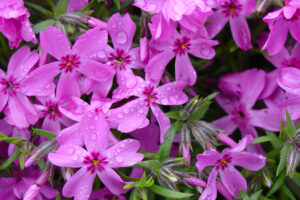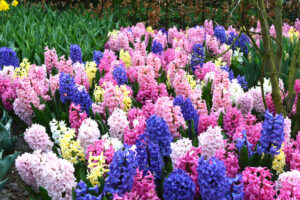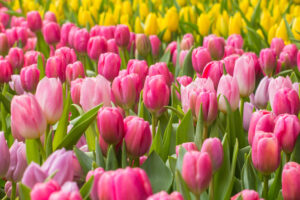One of the most captivating aspects of Ranunculus is their association with the arrival of spring, often among the first wildflowers to bloom after the harsh winter months. Their emergence heralds the onset of warmer weather and the renewal of life, bringing joy and color to landscapes far and wide.
Folklore and Tradition
Ranunculus boasts a rich history dating back centuries, with its origins believed to lie in Asia and the Mediterranean region. Revered for its exquisite beauty, Ranunculus has been cultivated since ancient times, holding a significant place in the folklore and traditions of various cultures worldwide. Their ornamental value has ensured their enduring popularity in gardens and floral arrangements, owing to their stunning and long-lasting blooms.
The Origin of the Name
The name “Ranunculus” likely originates from Greek and Latin roots, hinting at the plant’s preference for moist environments, a characteristic often associated with frogs. These vibrant flowers showcase a remarkable diversity of colors, ranging from radiant yellows to soft whites, delicate pinks, fiery reds, and warm oranges. Certain species even boast blooms with an unexpectedly high number of petals, adding to their visual appeal.
The Victorian Era
In the language of flowers during the Victorian era, Ranunculus symbolizes charm and optimism, reflecting their cheerful and uplifting presence in nature. Despite the toxicity of many Ranunculus species, some cultures have historically incorporated parts of the plant into their cuisine after careful preparation, showcasing the versatility of this botanical genus.
The Role in Literature
Ranunculus flowers have also left an indelible mark on art and literature throughout history, inspiring countless artists and poets with their captivating beauty. Renowned painters have immortalized Ranunculus in their works, while poets have found inspiration in their delicate petals and vibrant hues.
Cultivation and Care
Despite their delicate appearance, Ranunculus are remarkably resilient, enduring moderate frosts and thriving in various climates. Proper care involves planting them in well-drained soil and providing ample sunlight, with regular watering and spacing to prevent rot. Mulching can help regulate soil temperature and retain moisture, promoting healthy foliage and abundant flowering.
Popular Uses
Highly sought-after in floral arrangements, particularly for weddings, Ranunculus flowers offer both vibrant colors and longevity as cut flowers, making them a favorite among florists and flower enthusiasts alike. Their enduring popularity speaks to their timeless beauty and cultural significance, ensuring that Ranunculus will continue to captivate hearts and inspire admiration for future generations.





